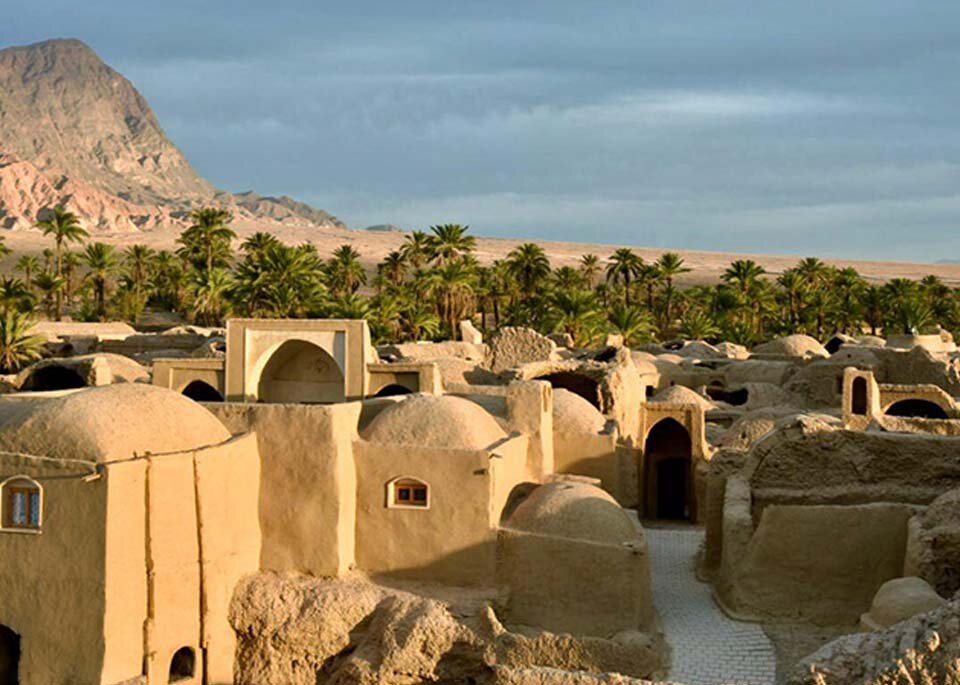Construction of a massive mudbrick structure started in Esfahak

TEHRAN - In the historical and touristic village of Esfahak, located in Tabas county of South Khorasan province, a massive mudbrick structure is currently under construction, marking a significant step in the preservation and revival of traditional architecture.
The project aims to explore the potential of mudbrick structures in modern architecture while utilizing entirely organic materials, Tabas’s tourism chief said on Thursday.
Mohammad Arab announced that the structure, which includes a 9-meter-wide and 7-meter-high arch, is being built without the use of industrial materials.
The project is a collaborative effort between Esfahak’s local architecture research center, known as E.M.C., and the village community, blending scientific research with traditional building expertise, the official explained.
Arab emphasized that the structure is a 100% environmentally friendly project, relying solely on mud and bricks. It will represent Iran in a 120-minute documentary showcasing traditional architecture alongside examples from France and Austria.
Moreover, the official highlighted the significance of mudbrick in Iranian architecture, particularly given the country’s central desert plateau, which is surrounded by mountains and covered largely by soil, sand, and stone.
Iran’s architectural history is filled with extraordinary designs utilizing mud and bricks in aesthetically impressive structures. Arab noted that the rush towards modernity and the adoption of non-native materials have harmed natural habitats, and projects like this aim to restore harmony between architecture and the environment.
Esfahak, which won a TO-DO Award in 2020 from the German Institute for Tourism and Development, is on a path toward global recognition for its preservation of cultural heritage. The village’s historical texture is registered on Iran’s National Heritage List, and the community has actively participated in restoring traditional homes, reviving old crafts, and promoting local customs.
The ancient village boasts a mild climate ideal for crop growth, presenting lush scenery nearly everywhere you look. Its houses typically feature domed roofs and small windows.
According to local tourism officials, the original essence of Esfahak was tragically altered by a 7.4 earthquake in 1978. Following the quake, a new village was constructed adjacent to the old one, which had been heavily affected. Today, with the active involvement of the locals, the refurbished village has been transformed into a tourist destination with plentiful eco-lodge units.
AM
